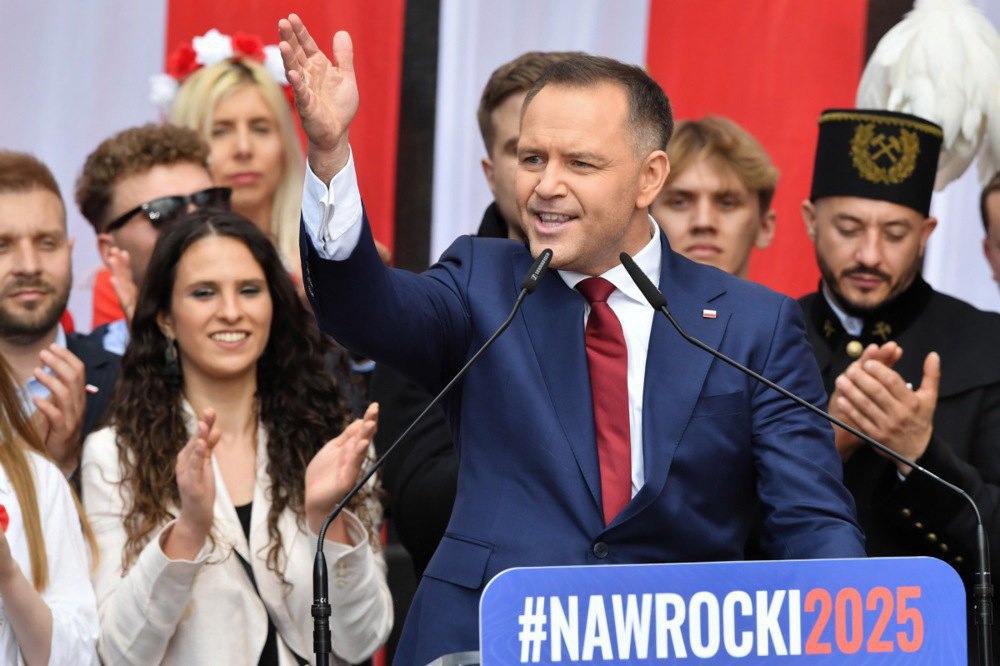
Poland
The victory of Karol Nawrocki, head of the Institute of National Remembrance, in the presidential elections has immediately prompted concerns about Poland’s future within the EU and its ongoing support for Ukraine. However, Nawrocki’s views cannot be characterised as outright anti-European – his rhetoric has so far refrained from questioning the value of European integration per se, though he has criticised initiatives that imply a deeper erosion of national sovereignty, such as migration policies and the Green Deal.
Of particular relevance to Ukraine, Nawrocki is a staunch critic of Russian imperialism and has expressed clear support for Ukraine in its struggle against aggression. Nevertheless, he remains cautious about Ukraine’s accession to the EU and NATO, citing two main obstacles: the unresolved issue of Ukrainian agricultural exports and longstanding historical disputes over the Volyn tragedy, which are being leveraged to mobilise the far-right electorate amid rising support for the Confederation party.
The history of Ukrainian–Polish relations in the 20th century is fraught with contradictions and has often been the subject of heated exchanges between politicians on both sides. Not long ago, Andrzej Duda referred to the leaders of the OUN-UPA as “criminals and genocidal murderers”. In July 2025, the Verkhovna Rada passed a law recognising the forced resettlement of Ukrainians from Poland between 1944 and 1951 as deportation – a law currently awaiting the President’s signature.
In recent months, however, there have been moves towards resolving these historical disputes. In December 2024, the second Polish–Ukrainian communiqué was issued on the “joint interpretation of the difficult and gory pages of the history of relations between Poles and Ukrainians in the 20th century”. Shortly thereafter, two Ukrainian historians withdrew their signatures, citing bias in favour of Poland. In April 2025, exhumations of the victims of the Volyn tragedy began in the Ternopil Region.
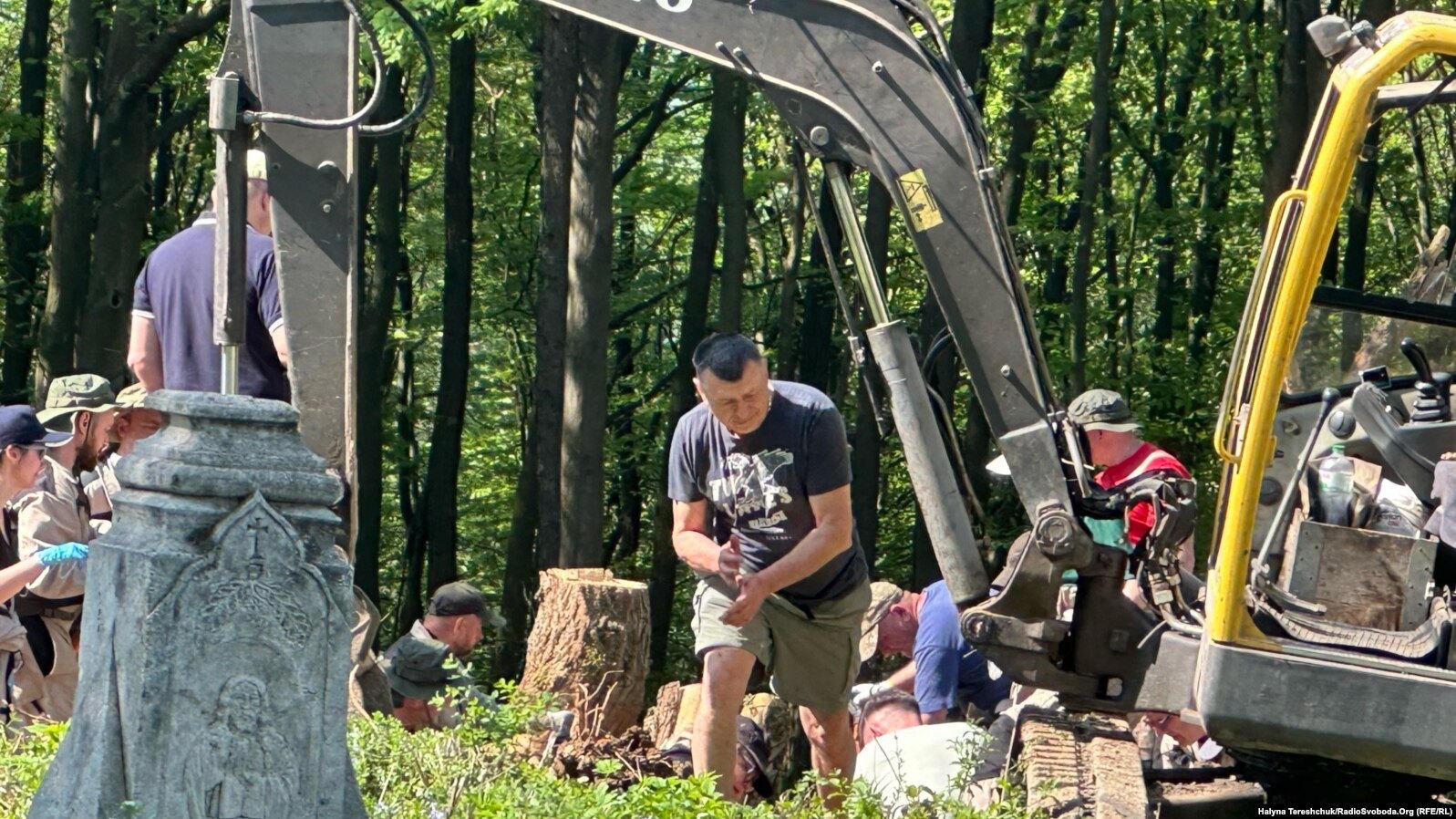
Notably, on the day of commemoration of the victims of the genocide in Chełm, Poland’s president-elect called for full-scale exhumations in Volyn, emphasising that “they [the Poles] are not calling for revenge: they are calling for the cross, they are calling for the grave, they are calling for remembrance.” Meanwhile, Ukraine’s Foreign Ministry announced the establishment of a forum for historians from Ukraine, Lithuania and Poland.
In light of these developments, conditions are emerging that could favour the resolution of historical disagreements with Poland. However, to settle these disputes conclusively – and to prevent them from undermining crucial bilateral relations – it will be essential to conduct painstaking, expert-level consultations and avoid allowing historical symbolism to dominate high-level political discourse.
Hungary
Prime Minister Viktor Orbán’s anti-Ukrainian rhetoric has recently been accompanied by explicit doubts about Ukraine’s statehood. According to Orbán, once a ceasefire is reached, it will be necessary to redraw Ukraine’s borders – a remark widely interpreted as a veiled reference to Transcarpathia. Tensions have been further fuelled by revelations that Hungarian agents in Transcarpathia allegedly passed information on local sentiment and the combat readiness of the Defence Forces in the region to Hungarian intelligence.
Against the backdrop of corruption scandals involving Fidesz, the popularity of the newly formed TISZA party and its leader, Péter Magyar – a former Orbán ally – has been steadily increasing. Initially conceived as an alternative for Fidesz’s former electorate of right-wing conservative voters, the movement has since evolved into a broader, umbrella-like formation. Although TISZA representatives refrained from openly supporting the pride parade in Budapest, Magyar cautiously expressed solidarity with the demonstrators, posting the following on his social media page: “Together with every Hungarian, we are building a country where it does not matter what family you come from or whom you love. I call on our police to protect every Hungarian citizen from the arbitrariness of the corrupt government. 288 days.”
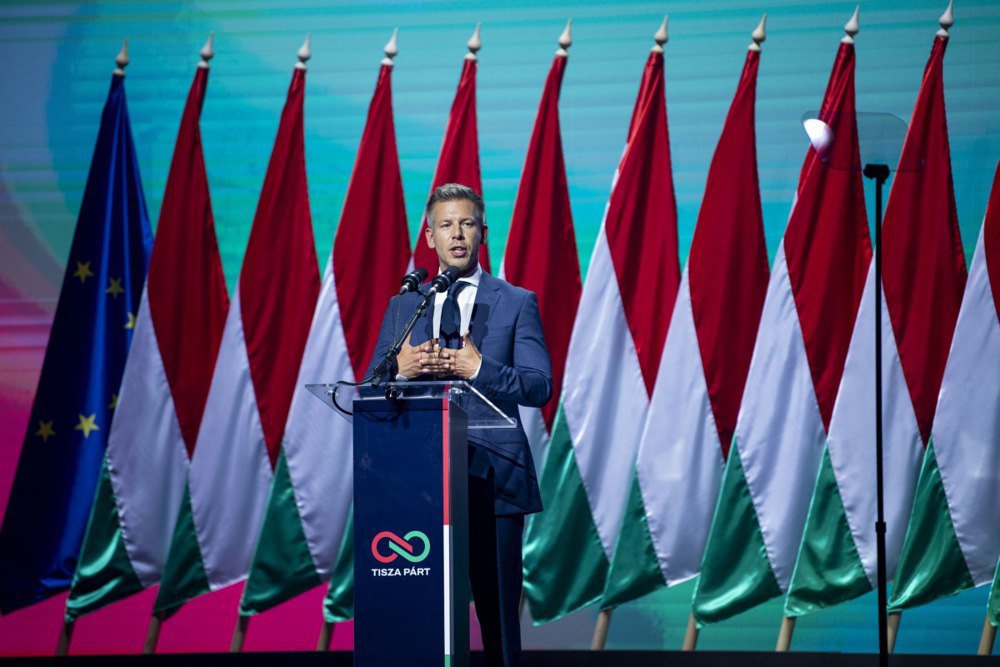
According to various polls, the party currently enjoys support ranging from 40% to 52%, occupying the leading position in most rankings. While electoral dynamics may shift before the parliamentary elections in April 2026, TISZA has clearly emerged as a political force whose stance must be considered when developing a strategy for engagement should it come to power.
The party’s programme prioritises the fight against corruption and the restoration of EU funding – in particular, maintaining European and national subsidies to support the agricultural sector. It places particular emphasis on assisting small and medium-sized enterprises as well as family-run and small-scale farms. Given these priorities, Ukrainian agricultural exports could be perceived as a threat to the very economic segment TISZA seeks to protect. This, in turn, has the potential to become a point of contention in discussions about Ukraine’s European integration.
In terms of its direct position on Ukraine, TISZA appears somewhat more favourable than Fidesz, though there is little to suggest it would become a steadfast advocate for Ukrainian interests. In the summer of 2024, following the shelling of Okhmatdyt hospital, Magyar visited Kyiv and laid flowers at the memorial to the victims of Russian aggression. He also publicly condemned indiscriminate attacks on civilian targets. Furthermore, in April 2025, a party-conducted online poll indicated that 58% of respondents supported Ukraine’s EU membership. However, Magyar has since stated unequivocally that he does not support Ukraine’s accelerated accession to the EU – citing, above all, the need to protect Hungarian interests.
Slovakia
In 2023, the Smer party won the parliamentary elections. Its representative, Prime Minister Robert Fico, is well known for his anti-Ukrainian rhetoric and for openly questioning Ukraine’s territorial integrity. Similar narratives have been voiced by other party members – Smer Vice-President Erik Kaliňák, for example, stated that he saw no issue with the occupation of Ukraine, arguing that Slovakia would then have “a more reliable partner” on its borders.
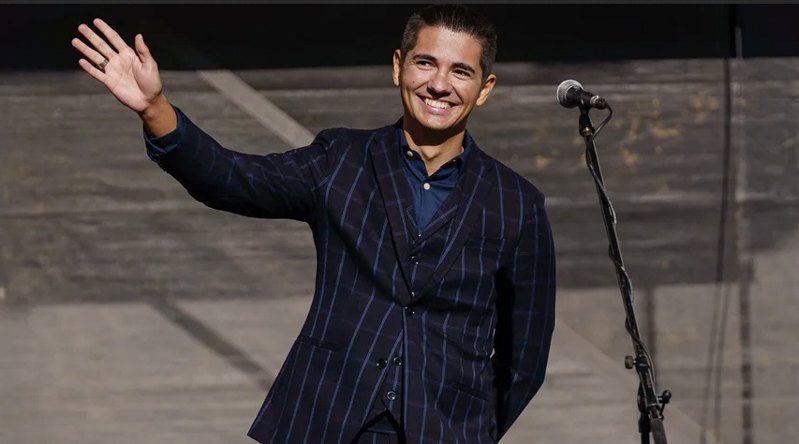
The ruling party’s anti-European stance has sparked protests in several cities in support of Slovakia’s pro-European course. These demonstrations coincided with a decline in the approval ratings of both Smer and Fico. According to polling in the autumn of 2024, Smer was overtaken by the pro-European liberal opposition movement Progressive Slovakia, while Fico’s personal support dropped from 45% to 32% in just six months.
Given the ruling party’s Euroscepticism and Slovakia’s dependence on Russian energy supplies, there is little reason to expect a shift in rhetoric towards stronger support for Ukraine in the near future. However, pragmatic cooperation in the defence sector could serve as a potential point of leverage. Recently, Ukraine received three additional 155-mm Zuzana 2 self-propelled howitzers manufactured by the Slovak company Konstrukta Defence, with funding jointly provided by Denmark, Norway and Germany. Priced at just over €5 million per unit, such contracts provide a significant boost to Slovakia’s defence industry.
Czech Republic
In Central Europe, the upcoming electoral cycle threatens to bring a renewed surge of Euroscepticism. For several years, the ANO party, led by former Prime Minister Andrej Babiš, has maintained a clear lead over the ruling pro-European Spolu bloc – polling at 30–35% compared with Spolu’s 19–22%. Likewise, the far-right SPD party, a likely junior coalition partner for ANO, consistently outperforms the liberal STAN party from the current governing coalition – 11–16% compared with 10–13%.
True to its MAGA-style rhetoric, ANO has signalled plans to scale back both military and humanitarian assistance to Ukraine – a move against which President Petr Pavel has publicly warned. The first casualty is likely to be the Czech initiative to procure artillery shells for Ukraine. Echoing slogans reminiscent of Fidesz, ANO promotes a pseudo-pacifist narrative. Nevertheless, Babiš rejects accusations of harbouring pro-Russian sympathies, recalling that he affirmed Ukraine’s territorial integrity during his visit to Kyiv in 2021.
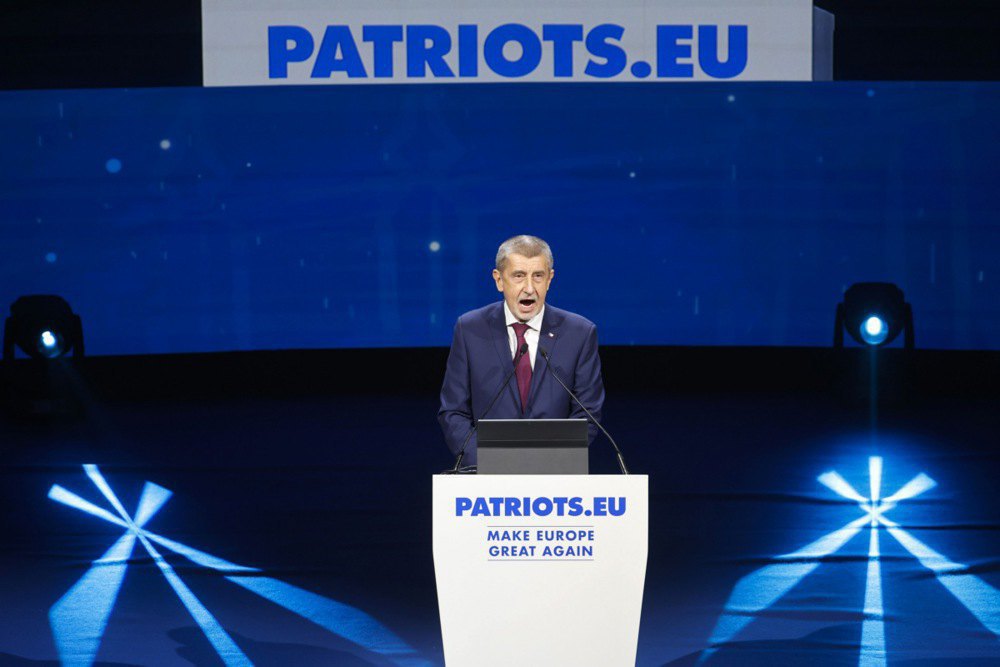
(Un)fair competition
A persistent challenge in Ukraine’s relations with its Eastern European neighbours is competition from Ukrainian agricultural products. The first indications that this would develop into a long-term issue emerged in September 2023, when the European Commission decided not to extend the ban on imports of certain categories of Ukrainian agricultural goods. In response, Poland, Slovakia and Hungary imposed such bans at the national level, permitting only transit through their territories.
In June 2025, Ukraine and the EU reached a new trade agreement to replace the duty-free trade regime introduced in June 2022. The new arrangements include quotas for duty-free imports of specific categories of agricultural products. However, five Eastern European countries – Poland, Slovakia, Hungary, Romania and Bulgaria – have expressed concerns about whether these measures will sufficiently protect European agricultural producers. Hungary and Poland have signalled their readiness to maintain unilateral bans regardless of the EU framework.
The principal criticism of Ukrainian imports is that they constitute unfair competition: owing to more fertile soil and lower labour costs, Ukrainian products are cheaper than their local equivalents, prompting many processors to prefer them. For example, representatives of Poland’s oil industry advocate lifting the ban on Ukrainian rapeseed imports, particularly given the projected shortage of rapeseed on the domestic market this season.
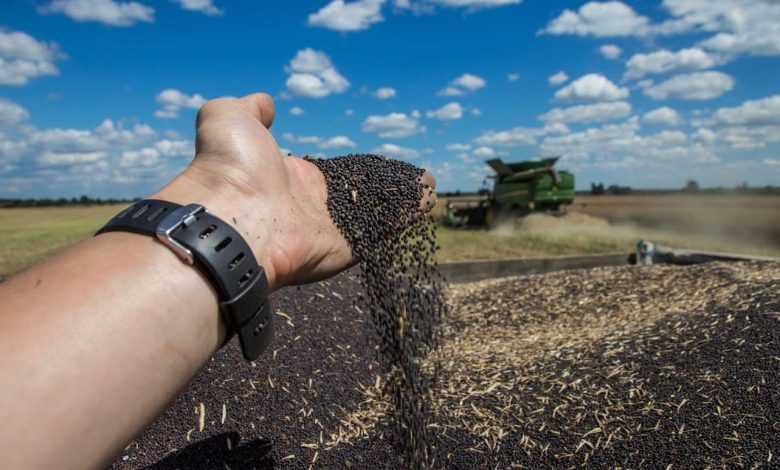
Opponents of Ukrainian imports also cite non-compliance with European production standards – both in relation to the use of pesticides in grain cultivation and to violations of poultry meat storage requirements, which have led to cases of food poisoning. These issues formed part of the June 2025 agreements, under which Ukraine committed to harmonising its standards with those of the EU by 2028.
Addressing these market imbalances poses a significant practical challenge, even for Poland – a country which, at a strategic and ideological level, supports Ukraine’s integration into the European community. However, the potential electoral repercussions of neglecting this issue outweigh the value-based considerations.
Harmonisation of interests
With few exceptions, rhetoric follows pragmatism. Historical and symbolic disagreements are likely to recede if Ukraine can offer its neighbours tangible opportunities for cooperation that stimulate economic growth on all sides and create jobs across borders. For Poland, Slovakia and Hungary, there remain numerous untapped avenues for collaboration.
In the cases of Poland and Slovakia, this includes establishing joint ventures for the production and maintenance of military equipment, as well as ammunition manufacturing. Opportunities exist for joint orders and investment in the production of Rak self-propelled mortars; Krab, Bogdan and Zuzana self-propelled guns; Borsuk, Rosomak, BTR-3 and BTR-4 armoured personnel carriers; Tatrapan armoured vehicles; Bozena mine clearance systems; Neptune missile systems; missile drones; long-range drones; and Antonov aircraft.
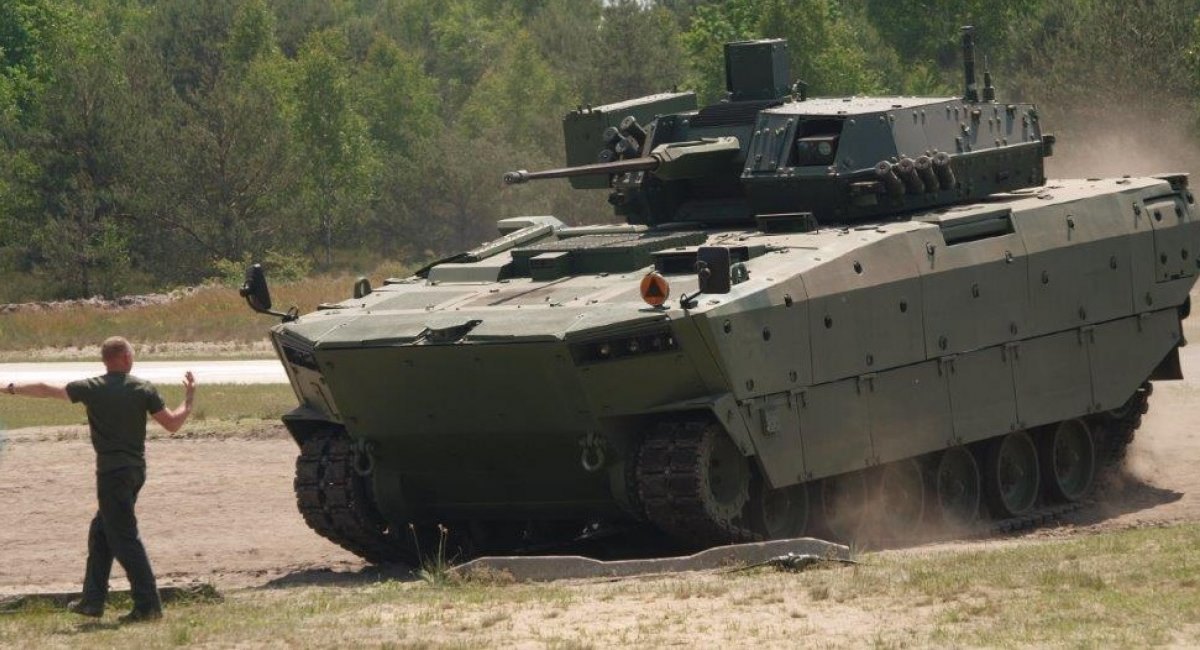
Another promising field for cooperation with Poland, Hungary and Slovakia is energy security. This could be achieved by using Polish LNG terminals and Ukrainian underground gas storage facilities to create strategic reserves, and by involving Ukraine’s Energoatom in the modernisation and safety upgrades of Slovakia’s two Soviet-designed VVER nuclear power units.
With each of these countries, it would be beneficial to promote the creation of logistics hubs in border regions for the storage, processing and redistribution of cargo destined for either Ukraine or the EU. In the post-war period, Ukraine – particularly through its Black Sea ports – could become a critical link in the Trans-Caspian transport corridor, the North–South logistics corridors, and China’s Belt and Road Initiative (“New Silk Road”). In preparation, efforts should be made to expand the capacity of key checkpoints, notably the Chop–Záhony crossing, which provides Ukrainian goods with access to the Balkans via Hungary.
A further step towards strengthening relations could be the creation of joint ventures for the deep processing of Ukrainian agricultural products, especially grains, enabling joint entry into third-country markets with value-added goods. There is also considerable potential for collaboration in producing active pharmaceutical ingredients for Hungarian companies such as Gedeon Richter and Egis.
Ukrainian firms could also serve as contractors for large automotive plants in Slovakia and Hungary. With the global shift towards electric vehicles, there is scope for joint ventures to develop Ukraine’s lithium deposits and integrate Ukraine into the supply chain for lithium-ion batteries produced at Hungarian manufacturing hubs such as CATL, Samsung SDI and SK Innovation.
Opportunities also exist for cooperation in the joint production and modernisation of freight and passenger rail cars, containers, platforms and locomotives, drawing on Ukrainian heavy engineering capabilities – notably those of the Kryukiv Railway Car Building Works.







